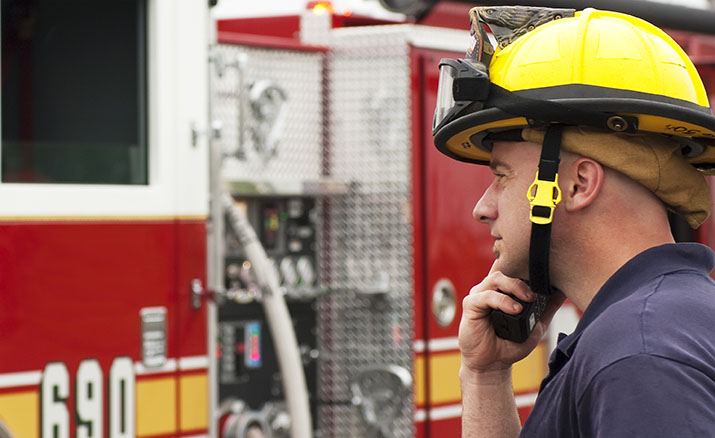The extra demand on wireless broadband networks during COVID-19
April 21, 2020

Social distancing during the COVID-19 pandemic means we all have to find innovative ways to communicate with one another. Grandparents in assisted living facilities are using tablets to video chat with their families who are no longer allowed to visit. Parents and other adults teleworking from home spend hours collaborating on conference calls and on shared video platforms, while kids stream video online during distance learning. The stay at home order has exponentially increased traffic volumes on wireless broadband networks.
Do you know who else relies on wireless broadband networks? First responders, health care workers, people who answer emergency hotlines…basically anyone out there who is working to help the rest of us stay safe and healthy. These essential frontline workers need wireless broadband to complete mission-critical business. But there are now some congestion issues because so many people are trying to connect to their wireless devices all at the same time. On a daily basis nationwide, Verizon is connecting over twice the number of calls made on Mother’s Day, which is traditionally the highest call-traffic day of the year. With all that extra call volume, first responders need to have a dependable way of communicating.
Fortunately, both Verizon and AT&T have a space on their networks dedicated specifically for use by our nation’s public safety responders to ensure they are not competing for the same network space that the general public is communicating over. By using these dedicated networks, first responders and emergency operations centers are able to communicate seamlessly on the front lines without having to compete for the same commercial networks and applications that the general public uses.
Verizon Response Teams (VRTs) help local, state and federal public safety agencies stay prepared and connected. A VRT was recently dispatched to northern Minnesota, where they’re consulting with emergency managers about providing added wireless broadband coverage for increased communication capacity for alternate care facility locations, such as auxiliary hospitals, that will be set up to provide extra medical space as hospitals become overcrowded with COVID-19 patients.
Similarly, AT&T has been supporting continuity of operations during the COVID-19 pandemic for cities such as St. Paul, where the mayor’s office, emergency operations center, and first responders can all depend on clear voice and data connectivity because they have subscribed to a special public safety network offered by FirstNet, built with AT&T. FirstNet is a public-private partnership between the federal government and AT&T, the need for which was identified in the days following the September 11, 2001 terrorist attacks.
Yes, the stay-at-home orders that help keep us safe from COVID-19 have resulted in a huge rise in wireless broadband traffic, but solutions are being put in place to help first responders mitigate that effect.

